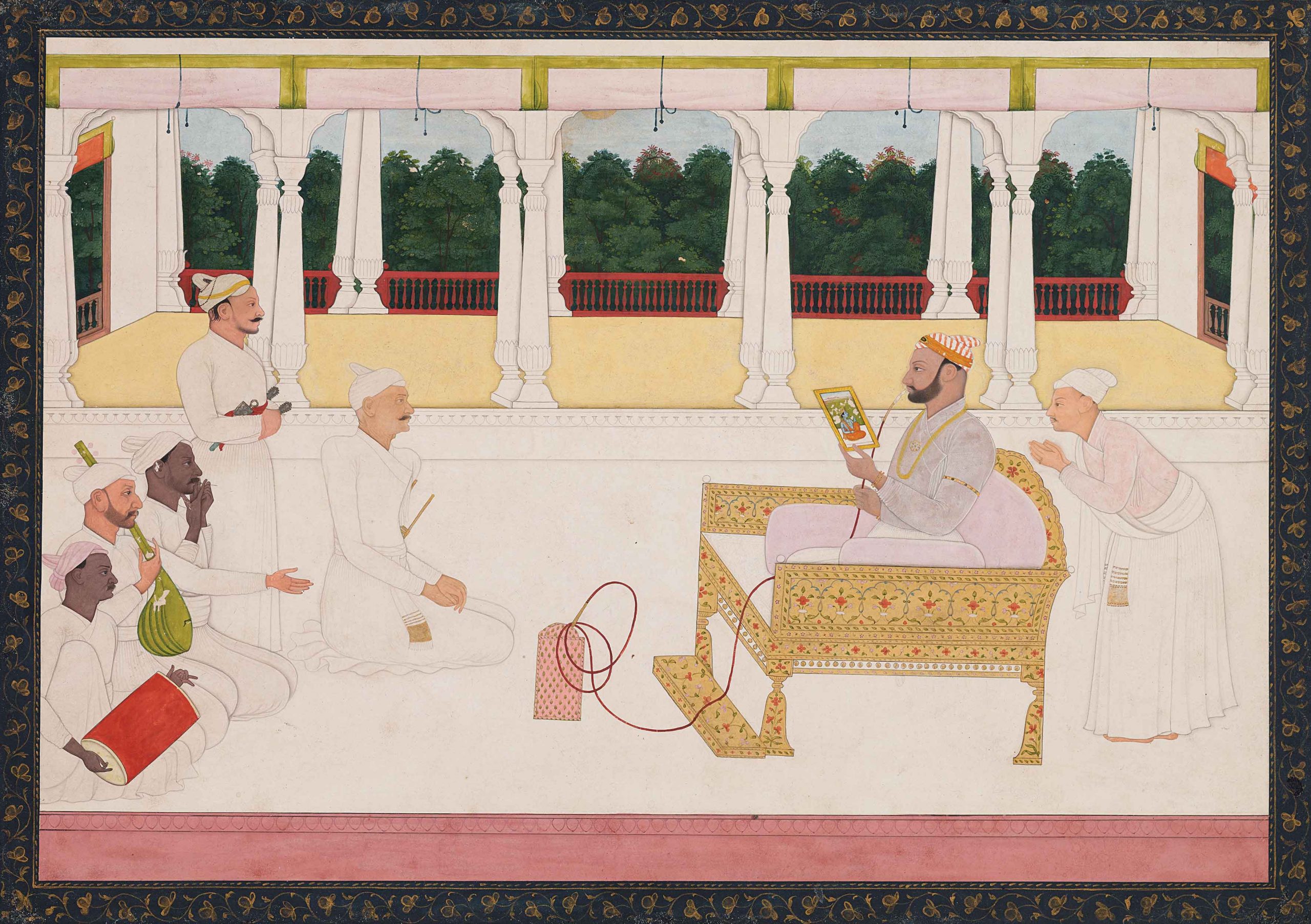PAHARI PAINTING FROM INDIA
In 2018, the Rietberg Museum in Zurich organised an exhibition of Guler School, Pahari paintings, created in the states of Himachal Pradesh and Kashmir, focusing on the works of one family from the 18th century – Pandit Seu and his sons Manaku and Nainsukh.
Among the Museum Rietberg’s Indian treasures, the collection of historical miniature paintings is of special significance. This 2018 exhibition this, Family Ties – The Indian Painters Manaku and Nainsukh, examines Pahari painting from India and the oeuvre of two legendary artist brothers by way of comparison. The artist family from Guler, in the Pahari region of the Himalayas, heralded a turn in Indian painting in the second half of the 18th century.
The Guler school is part of Pahari painting, the name given to Rajput paintings, made in Himachal Pradesh and Jammu & Kashmir states of India. These paintings developed and flourished during the period of 17th to 19th century, executed mainly in miniature form. These types of paintings can be divided into two distinct categories, on the basis of their geographical range, Basohli and Kulu Style and Guler and Kangra Style. Pahari style-paintings, in general, were widely influenced by works produced at the Rajput courts, in response to the family relations of the Pahari Rajas with royal courts in Rajasthan. The Punjab hill states of the Himalayan foothills in the late 18th century were flourishing and went through a remarkable period of creativity, remarkable artists and families of artists competed with to produce works that had not been seen before, helped by patronage of the smaller Himalayan courts of the region.

